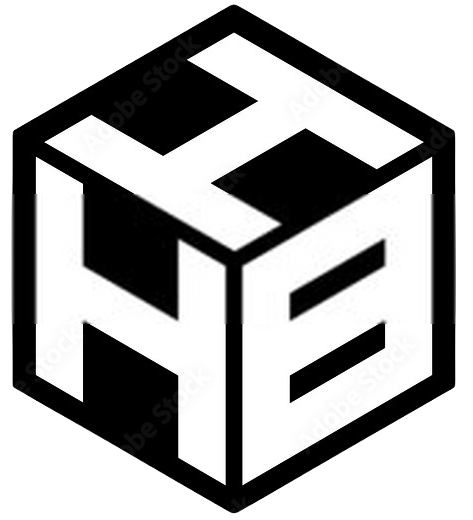Which of the following determines the number of bits that the computer can transmit at one time group of answer choices?
Chapter 14 Components of the System UnitQuestionAnswerThe role of memory to store both data and programs is known as the ____ concept.stored programThe size of a bus, called the bus ____, determines the number of bits that the computer can transmit at one time.width76
What are the three names for the electronic component that interprets and carries out the basic instructions that operate a computer?
Printer.Monitor.Speakers.
What controls the computer’s memory?
The control unit (CU) is a component of a computer’s central processing unit (CPU) that directs the operation of the processor. It tells the computer’s memory, arithmetic and logic unit and input and output devices how to respond to the instructions that have been sent to the processor.
Does the operating system control the computer’s memory?
An operating system is the most important software that runs on a computer. It manages the computer’s memory and processes, as well as all of its software and hardware. It also allows you to communicate with the computer without knowing how to speak the computer’s language.
What is main memory?
Main memory is the primary, internal workspace in the computer, commonly known as RAM (random access memory). Specifications such as 4GB, 8GB, 12GB and 16GB almost always refer to the capacity of RAM. In contrast, disk or solid state storage capacities in a computer are typically 128GB or 256GB and higher.
What is the purpose of cache memory?
Cache memory temporarily stores information, data and programs that are commonly used by the CPU. When data is required, the CPU will automatically turn to cache memory in search of faster data access.
What is a Cacheline?
A cache line is the unit of data transfer between the cache and main memory . Typically the cache line is 64 bytes. The processor will read or write an entire cache line when any location in the 64 byte region is read or written.
What happens if I delete cache memory?
When the app cache is cleared, all of the mentioned data is cleared. Then, the application stores more vital information like user settings, databases, and login information as data. More drastically, when you clear the data, both cache and data are removed.
What are the 3 types of cache memory?
There is three types of cache: direct-mapped cache; fully associative cache; N-way-set-associative cache.
What are two main types of cache memory?
Two types of caching are commonly used in personal computers: memory caching and disk caching. A memory cache (sometimes called a cache store, a memory buffer, or a RAM cache) is a portion of memory made up of high-speed static RAM (SRAM) instead of the slower and cheaper dynamic RAM (DRAM).
What is the difference between cache and RAM?
Both cache and RAM are volatile memory. The difference between cache and RAM is that the cache is a fast memory component that stores the frequently used data by the CPU while RAM is a computing device that stores data and programs currently used by the CPU. In brief, the cache is faster and expensive than RAM.
What is a good cache size?
The higher the demand from these factors, the larger the cache needs to be to maintain good performance. Disk caches smaller than 10 MB do not generally perform well. Machines serving multiple users usually perform better with a cache of at least 60 to 70 MB.
Is RPM or cache more important?
The short answer is yes. Your total hard drive latency is the [seek latency] + [rotation latency]. The 10K RPM drive will have a smaller rotational latency due to its faster spinning and will also be able to read data off of the drive faster. What the higher cache will do is for writes.
How do I know my cache size?
CalculationsUse the following information if you are told the cache is 4 MB or something similar. 1 KB = 210 bytes (1024 bytes)1 MB = 210 KB (1024 bytes) = 210 * 210 bytes = 220 bytes (1048576 bytes)Block = log2 (BytesPerLine) = number of bits needed to represent the maximum number (remember to start using a ‘0’ offset).
Is 1 MB cache good?
A general thumb rule is that, more the cache the better performing is the processor (given architecture remains same). 6MB is quite good for handling complex tasks. And for Android Studio generally your ram is the bottleneck because of execution of several Android Virtual Devices.
Is 2 MB cache memory good?
The majority of Intel’s Core 2 Duo line feature a single shared 4MB L2 cache, but the E6300 and E6400 are only equipped with a 2MB cache. The 4MB L2 cache can increase performance by as much as 10% in some situations.
Is 6 MB cache good?
A 3MB L2 cache usually provides better latency than a 6MB L2 cache. While you may assume that a larger cache would provide better performance, because the computer needs to sift through additional information, the larger cache can slow down your computer.

